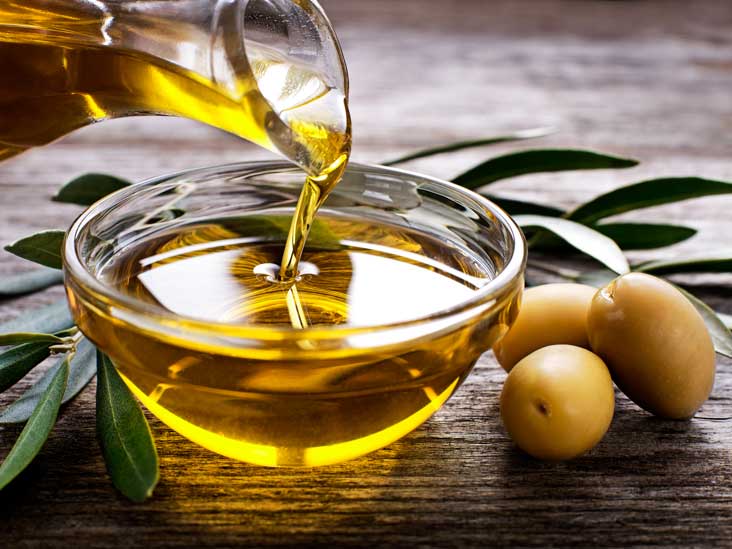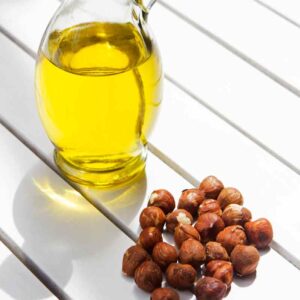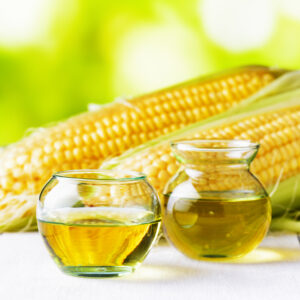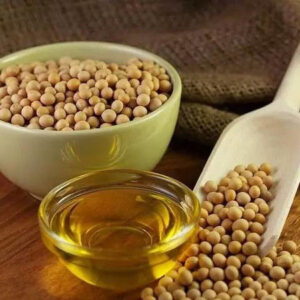Olive oil is a vegetable oil obtained from the olive (Olea europaea L.), a traditional tree crop of the Mediterranean Basin. It is used in cooking, cosmetics, soaps and as a fuel for traditional oil lamps. Olive oil is regarded as a healthful dietary oil because of its high content of monounsaturated fat (mainly oleic acid) and polyphenols.
Grades and classification
The International Council (IOOC) sets standards of quality used by the major olive oil producing countries. It officially governs 95 percent of international production, and holds great influence over the rest. IOOC terminology is precise, but it can lead to confusion between the words that describe production and the words used on retail labels. Olive oil is classified by how it was produced, by its chemistry, and by its flavor. All production begins by transforming the olive fruit into olive paste. This paste is then malaxed to allow the microscopic oil droplets to concentrate. The oil is extracted by means of pressure (traditional method) or centrifugation (modern method). After extraction the remnant solid substance, called pomace, still contains a small quantity of oil.
Industrial grades
The several oils extracted from the olive fruit can be classified as:
- Virgin means the oil was produced by the use of physical means and no chemical treatment. The term virgin oil referring to production is different from Virgin Oil on a retail label (see next section).
- Refined means that the oil has been chemically treated to neutralize strong tastes (characterized as defects) and neutralize the acid content (free fatty acids). Refined oil is commonly regarded as lower quality than virgin oil; the retail labels extra-virgin olive oil and virgin olive oil cannot contain any refined oil.
- Pomace olive oil means oil extracted from the pomace using chemical solvents — mostly hexane — and by heat.
Quantitative analytical methods determine the oil’s acidity, defined as the percent, measured by weight, of free oleic acid in it. This is a measure of the oil’s chemical degradation — as the oil degrades, more fatty acids get free from the glycerides, increasing the level of free acidity. Another measure of the oil’s chemical degradation is the peroxide level, which measures the degree to which the oil is oxidized ( rancid).
In order to classify olive oil by taste, it is subjectively judged by a panel of professional tasters in a blind taste test. This is also called its organoleptic quality.
Retail grades
Since IOOC standards are complex, the labels in stores (except in the US — see below) clearly show an oil’s grade:
- Extra-virgin olive oil comes from the first pressing of the olives, contains no more than 0.8% acidity, and is judged to have a superior taste. There can be no refined oil in extra-virgin olive oil.
- Virgin olive oil has an acidity less than 2%, and judged to have a good taste. There can be no refined oil in virgin olive oil.
- Olive oil is a blend of virgin oil and refined virgin oil, containing at most 1% acidity. It commonly lacks a strong flavor.
- Olive-pomace oil is a blend of refined pomace olive oil and possibly some virgin oil. It is fit for consumption, but it may not be called olive oil. Olive-pomace oil is rarely found in a grocery store; it is often used for certain kinds of cooking in restaurants.
- Lampante oil is olive oil not used for consumption; lampante comes from olive oil’s ancient use as fuel in oil-burning lamps. Lampante oil is mostly used in the industrial market.
Label wording
Olive oil vendors choose the wording on their labels very carefully.
- “Imported from Italy” produces an impression that the olives were grown in Italy, although in fact it only means that the oil was bottled there. A corner of the same label may note that the oil was packed in Italy with olives grown in Spain, Italy, Greece, Turkey, and Tunisia.
- “100% Pure Olive Oil” is often the lowest quality available in a retail store: better grades would have “virgin” on the label.
- “Made from refined olive oils” suggests that the essence was captured, but in fact means that the taste and acidity were chemically produced.
- “Light olive oil” suggests a low fat content, whereas in fact it refers to a lighter colour. All olive oil—which is, after all, fat—has 120 Calories per tablespoon (33 kJ/ ml).
- “From hand-picked olives” may indicate that the oil is of better quality, since producers harvesting olives by mechanical methods are inclined to leave olives to over-ripen, in order to maximise yield.
- “First cold press” means that the oil in bottles with this label is the first oil that came from the first press of the olives. The word “cold” is important because if heat is used, the olive oil’s chemistry is changed.
- “D.O.P.” when applied to Italian olive oil, denotes that the oil is made from olives that are typical of the region from which the oil derives, therefore may have a more characteristic taste than blended oils.
Retail grades in the US
Most of the governments in the world are members of the International Olive Oil Council, which requires member governments to promulgate laws making olive oil labels conform to the IOOC standards.
The United States, however, is not a member of the IOOC (it is the only significant oil-producing or -consuming country that is not), and therefore the retail grades listed above have no legal meaning in the US. The US Department of Agriculture (USDA), which controls this aspect of labeling, currently lists four grades of olive oil: Fancy, Choice, Standard, Substandard. These were established in 1948. The grades are based on acidity, absence of defects, odour and flavor. While the USDA is considering adopting labeling rules that parallel the international standards, until they do so terms like “extra virgin” may be applied to any grade of oil. As a consequence, the US is a dumping ground for old and mislabeled olive oil.
Therefore, US consumers should be wary of labels, especially ones that say “extra virgin.” It is best to purchase olive oil for cooking from the lowest cost source (the supermarket, for example), but then to buy extra virgin oils for finishing, dipping, and dressings from a trusted specialty retailer.




















There are no reviews yet.